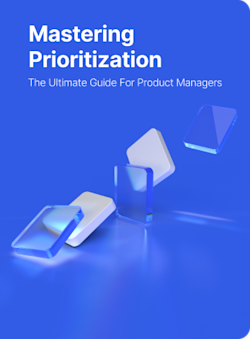Team Charter
What is a team charter?
Team charter definition
A team charter articulates the team’s direction and establishes rules, boundaries or limits. The team charter is a document written in collaboration with all team members — if not all colleagues are involved, the charter may fail to facilitate buy-in.
The purpose of a team charter is two-fold. When written correctly, a team charter will put down in words what the product or design team is trying to achieve and its objectives — this benefits the team, as it eliminates the risk of confusion.
But having this crystal-clear articulation of what a team is aiming to achieve also helps stakeholders outside of the team to understand the team’s direction.
How to write a team charter: what should a team charter consist of?
Writing a team charter follows a pretty distinct framework. The below sections should all be included in a team charter for your team.
The team’s purpose, simplified into one or two sentences. What problem are you trying to solve and what does ‘success’ look like?
How long the team will work together for. How much time are team members expected to commit each day/week/month?
Definition of scope. This will help avoid scope creep further down the line.
Team members.
Intended end result, described as SMART objectives.
Supporting resources. This is likely to be people, but it might also cover financial requirements, etc.
Reporting plan. Who will the team report to? How will they track progress?
Deliverables and KPIs.
Benefits of writing a team charter
You may look at team charters and think, why should we put in the extra effort? But the team charter can be hugely advantageous to both design and product teams. Here’s why.
The team charter identifies where support will come from
Product development is a team sport. Your product or design team might need support (practical, financial, etc) from other stakeholders or departments in the business, and writing the team charter helps bring those needs to the fore.
The team charter sets the tone for transparent, well-thought-through workflows
After completing the team charter, your product or design team now has an agreed approach written down in black and white. And while things may change, at least the team has all come together to align on how they’ll function, have meetings, report progress, and so on.
This starts the collaboration off with clarity and alignment.
The team charter defines roles and responsibilities
Similarly, the team charter allocates tasks and duties to people based on what they could or should contribute. With this agreed upfront, you reduce the risk of misunderstandings and either tasks falling through the cracks or being completed twice.
The team charter improves the chances of success
The net result of all the above benefits is that the product or design team has a better chance of achieving what it set out to achieve.
Even if the team does end up veering off course during the product development process, they can return to the team charter and try to track back where they started going wrong and why.
General FAQ

Glossary categories
Prioritize with confidence

Experience the new way of doing product management








